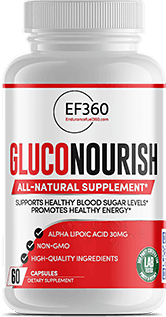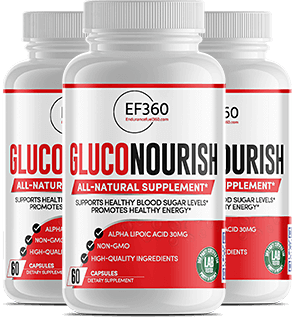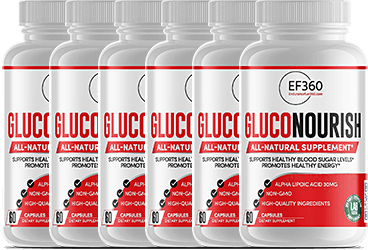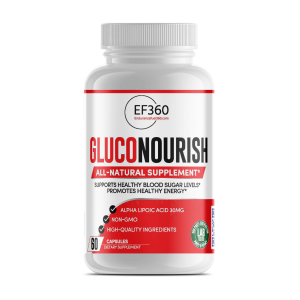Managing diabetes involves mindful meal planning and dietary choices that help control blood sugar levels, preventing both highs and lows. Understanding the right types of foods and how they affect your blood glucose can make meal planning not just effective but also enjoyable. Here’s a straightforward guide to nutrition for people with diabetes, focusing on meal planning, healthy recipes, and the right foods to manage your condition.
The Basics of Diabetic Meal Planning
Meal planning for diabetes doesn’t have to be complicated. The goal is to maintain stable blood glucose levels. Here are some key strategies.
- Consistency is Crucial: Eating at regular times helps prevent sudden spikes or drops in blood sugar levels.
- Balance Your Plate: Fill half of your plate with non-starchy vegetables, one quarter with lean protein, and one-quarter with complex carbohydrates.
Choosing the Right Foods
Selecting the right foods is paramount in managing diabetes. Here are some suggestions:
- Carbohydrates: Choose whole, unprocessed carbs like whole grains, legumes, and vegetables.
- Proteins: Opt for lean proteins such as chicken, turkey, fish and plant-based proteins like beans and lentils.
- Fats: Healthy fats found in nuts, seeds, avocados, and olive oil can help stabilize blood sugar levels.

30 Day Supply
$39.95
GlucoNourish is formulated to support healthy blood sugar levels, cardiovascular health, immune health, and cognitive function.*
BEST SELLER

90 Day Supply
$105.00
GlucoNourish is formulated to support healthy blood sugar levels, cardiovascular health, immune health, and cognitive function.*

180 Day supply
$180.00
GlucoNourish is formulated to support healthy blood sugar levels, cardiovascular health, immune health, and cognitive function.*
Recipes That Keep Blood Sugar in Check
Whip up dishes that are both nutritious and beneficial for blood glucose management. Try these ideas:
- Breakfast: A smoothie with spinach, Greek yogurt, a handful of berries, and a spoonful of flaxseed.
- Lunch: Grilled chicken salad with a variety of greens, cherry tomatoes, and a vinaigrette made from olive oil and lemon juice.
- Dinner: Baked salmon with a side of roasted sweet potatoes and steamed broccoli.
Foods to Incorporate
Including certain foods in your diet can help control blood sugar levels:
Non-starchy Vegetables, such as broccoli, carrots, and peppers, are high in fiber and low in carbohydrates.
- Whole Grains: Options like quinoa, barley, and oats provide slow-releasing energy.
- Legumes: Beans and lentils are high in fiber and protein.
Foods to Avoid
Certain foods can cause blood sugar levels to rise rapidly or provide little nutritional benefit:
- Sugary Foods: Soft drinks, candies, and desserts should be limited.
- Refined Carbs: White bread and pasta can cause blood sugar spikes.
- High-Fat Foods: Limit intake of high-fat meats and fried foods, which can lead to weight gain.
Contact Form

Managing Diabetes Through Diet
By understanding the effects of different foods on blood glucose and using meal planning tools, you can enjoy a varied and satisfying diet that also manages your diabetes effectively.
Here are a few bullet points to remember:
- Prioritize fiber-rich foods to help control blood sugar levels.
- Include a source of lean protein at every meal to aid in satiety and blood sugar management.
- Plan your meals around whole foods to avoid processed items.
- Monitor your portion sizes to keep blood sugar levels consistent.
- Stay hydrated with water as your primary beverage.
Conclusion
Living with diabetes requires attention to your diet, but it doesn’t mean sacrificing flavor or enjoyment. By following these tips, you can create meals that are as delicious as they are nutritious. EF360 offers GlucoNourish, a diabetes supplement that helps support diabetes management. Use resources and tools to help you make informed choices about the foods you eat, empowering you to manage your diabetes with confidence. Remember, small, consistent changes to your diet can have a big impact on your overall health.


